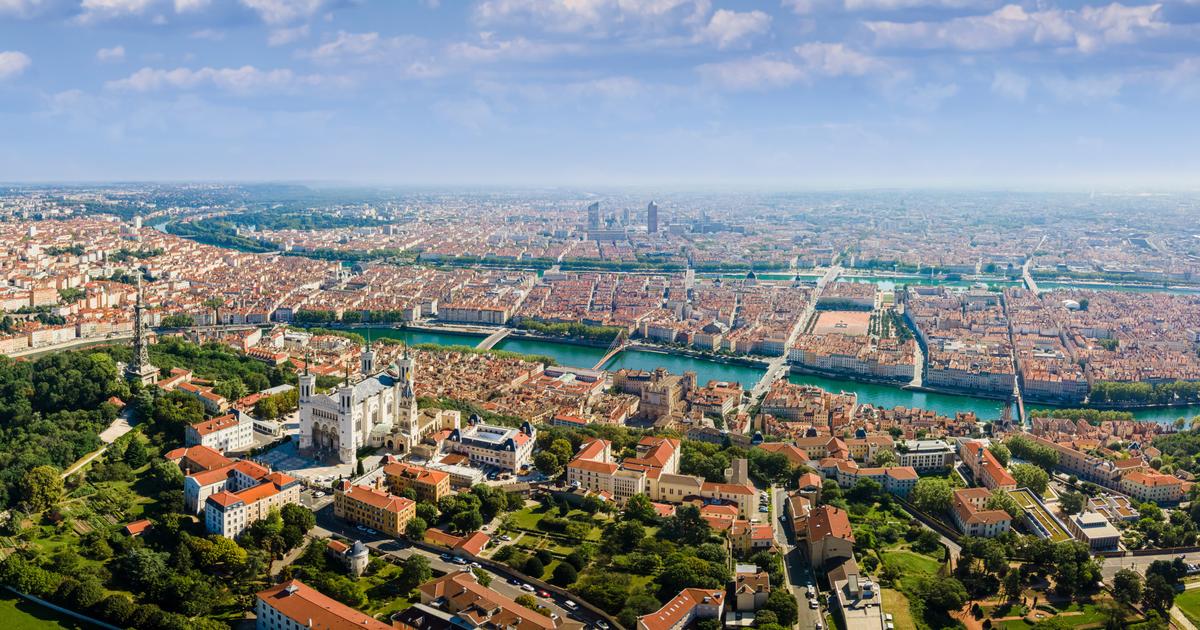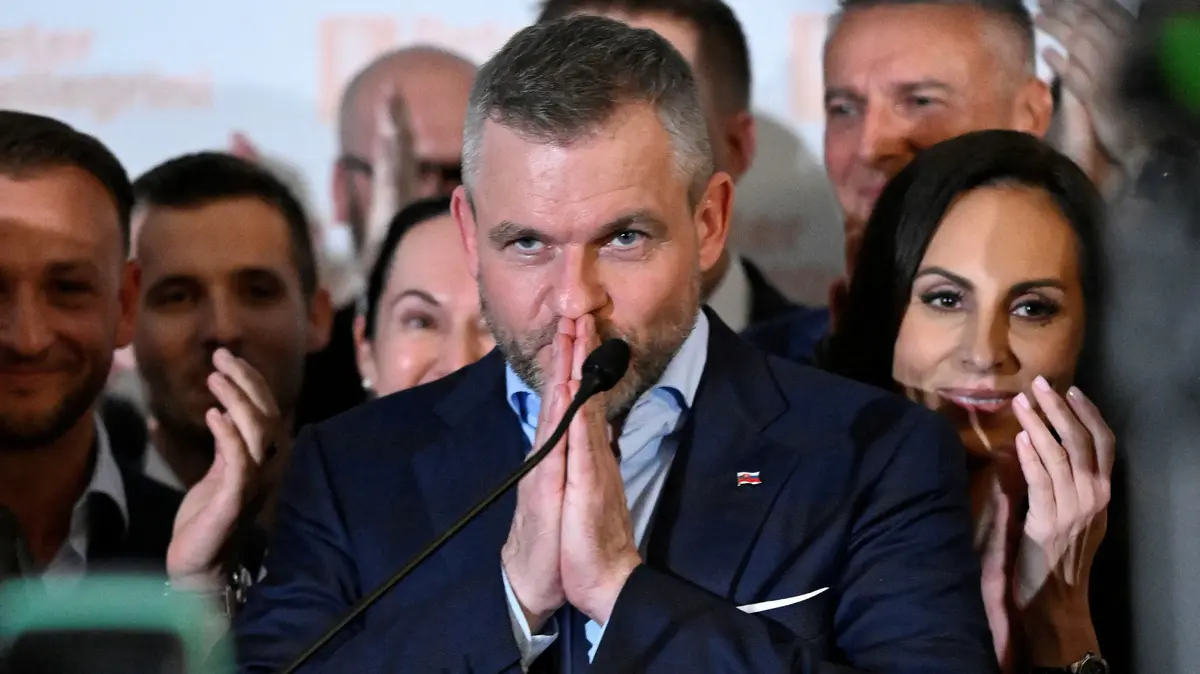Slovakia is one of the young states and the late joining EU countries.
The state became independent in 1993 and has been a member of the EU and NATO since 2004.
The Schengen Agreement was signed in 2007 and Slovaks have also been using the euro since 2009.
The
Slovakia
is located in Europe: The
State
is bordered by Austria, the Czech Republic, Poland, Hungary and Ukraine.
The capital of the country is Bratislava, which is also the largest municipality in the country.
Two thirds of Slovakia is mountainous, with a large part of the Carpathian Mountains running through the country.
Bratislava -
Slovakia
is known for beautiful natural landscapes and impressive palaces and castles from the Middle Ages.
In addition, the
state
, like Romania,
attracts
tourists with gruesome sagas and legends.
What "Count Dracula" is in Romanian Transylvania is "Blood Countess" in Slovenia.
The impressive mountains, forests and castles have already been the location for many films and series related to Dracula or the legendary Countess.
As dreamy and rural as the state in Eastern Europe appears in pictures and when traveling to remote areas - around half of
the Slovak
population
now lives in
cities
.
Slovakia - the state and its history
The Slavs first settled in what is now
Slovakia
between the 5th and 6th centuries
.
From the 7th century, the settlers united for the first time to form a political order.
The kingdom of Samo came into being.
In the early Middle Ages, today's national territory was in the center of the Moravian Empire, which experts call the first significant state structure of the Slavs.
The eventful
history
of Slovakia continued in the
11th century
.
Now the area of the state known today has been integrated into the Kingdom of Hungary.
As part of Hungary, Slovakia fell to the Habsburgs in 1526 and thus became a region in Austria-Hungary from 1867.
As a result of the First World War, the kingdom was dissolved and Slovakia was assigned to the newly founded Czechoslovakia.
In 1939, at the instigation of the Third Reich, this country lost large parts of its territory and the Slovaks took the opportunity to
proclaim
a Republic of Slovakia as an independent
state
.
At the end of the Second World War, Czechoslovakia was re-established.
It was not until 1993 that the different peoples separated peacefully.
Since then, the independent
Slovak Republic has been
the national state of the Slovaks.
Slovakia - a state of the Visegrád group
In 1991, three countries originally came together in the so-called Visegrád Group.
These are:
Czechoslovakia
Poland
Hungary
After the collapse of the Eastern Bloc and the end of the Cold War, these states intended to jointly solve all problems that affect them equally.
Today it is an internal alliance within the European Union with a semi-official character.
With the mutual dissolution of Czechoslovakia into the independent
state of
Slovakia
and the independent state of the Czech Republic, the Visegrád group now consists of four countries.
The joint activities include:
a joint fund to promote culture
the award of scholarships to students
a mostly community-oriented foreign policy
mutual support in crisis situations
This does not mean that the state of Slovakia cannot make its own decisions.
Slovakia only joined NATO in 2004, the partner countries had been part of the alliance since 1999.
They joined the EU in 2004, but so far only Slovakia has introduced the common currency, the euro.
On the other hand, all four countries managed to cope with the elimination of border controls as a result of the Schengen Agreement.
Slovakia - politics
According to the 1992 constitution, the
state of Slovakia is
a republic.
The head of state is the president, who is elected every five years.
Zuzana Čaputová has held
the office
since 2019
.
In accordance with the constitution, it shares its power with parliament.
The executive branch of the state is the government. It consists of the Prime Minister (since 2020
Igor Matovič
), his deputies and the ministers.
The government is appointed by the President and is required to submit its political program to Parliament within 30 days of the appointment.
At the same time, the future government must ask for Parliament's confidence.
Both the government and the parliament have the opportunity to put the vote of confidence at any time during the legislative period.
In parliament, known as the National Council, the government can link every vote to a vote of confidence.
Parliament, for its part, can at any time withdraw its confidence in the government or an individual member of it.
The following applies: The members decide on the government's vote of confidence with a simple majority.
If Parliament wants to withdraw its trust in the government, it needs an absolute majority.
In the event of a loss of confidence, the president will inevitably be dismissed.
Slovakia - the party landscape
The parliament of
Slovakia
has only one chamber in which 150 members do their work.
The people's representatives are elected every four years.
Everyone over the age of 18 can vote.
You can also vote outside your own constituency.
The
policy
in the
country
is characterized by a little stable image of the parties.
One reason for this is that the
population is divided
into two camps:
Some are oriented towards the east in terms of foreign policy and are described as left-wing populist and social-national.
The others are more oriented towards the West in foreign policy; they are considered center-right.
Since 1989, internal conflicts and secession have resulted in a political landscape with more than 100 different parties.
Overall, the following conflicts dominate politics and voter decisions:
secular-liberal order based on the western model vs. historically grown community
liberal market economy vs. state intervention
dealing with different ethnic groups (such as Slovaks and Hungarians)
Slovakia - population and language
In
Slovakia
approximately 5,460,000 people live (as of 2019).
The size of the
population has
stagnated since the independence of the state
; in 2020 the average age was 41.2 years.
The trend is increasing, the population is aging increasingly.
Life expectancy is currently 77.3 years on average.
Statistically speaking, women are older at 80.8 years than men, who only reach 73.3 years.
The Slovak government reports the composition of the population in two ways: by nationality and by ethnicity according to self-assessment.
According to evaluations by the Statistical Office of Slovakia from 2017, the following ethnic groups live in the
state
:
Slovaks: 81.5 percent
Magyars: 8.3 percent
Roma: 2 percent
Czechs: 0.7 percent
Russian women: 0.6 percent
Ukrainians: 0.2 percent
Germans: 0.1 percent
Poland: 0.1 percent
Others without information: 6.4 percent
The state language of the country is Slovak.
At the same time, many residents in the south of the country speak Hungarian, while Russian is spoken in the eastern parts of the country.
Roma usually communicate in Romani.
With the exception of a few linguistic islands, the
German
language
has almost died out.
Due to their long
history
with the Czechs, most Slovaks understand the related Czech well.
Slovakia: cities and geography
The
state
is about 14 percent the size of Germany.
The capital of
Slovakia
and also the largest municipality in the country is Bratislava.
More than half of the approximately five million inhabitants live in cities.
Therefore, the
cities
in Slovakia are comparatively large for a small country:
Bratislava (capital): around 430,000 inhabitants
Košice: about 240,000 inhabitants
Prešov: almost 100,000 inhabitants
Nitra: around 85,000 inhabitants
Žilina: about 85,000 inhabitants
Banská Bystrica: about 82,000 inhabitants
The
geography of
the almost 50,000 square kilometer country is shaped by the northern Carpathians.
In the north and in the middle mountains dominate the country, in the south there are foothills of the Hungarian lowlands.
The main watershed in Europe is located in Slovakia.
There parts of the water flow either north of the mountains to the Baltic Sea or in the south into the Black Sea.







